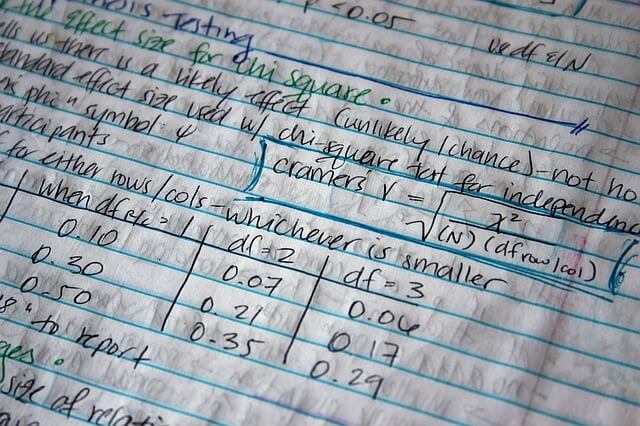Steps: Types of data Mnemonic: NOIR Qualitative or Categorical data a. Nominal (relating to name): Groups e.g. gender (male/female), color (black/white), blood groups (A/B/AB/O), religions (hindu/muslim/christian) b. Ordinal (relating to order): Rank-ordered data but without meaningful difference; e.g. socio-economic status (low, middle and high), rank (1st, 2nd and 3rd)– without…
Category: PGMEE, MRCS, USMLE, MBBS, MD/MS
Medical knowledge in bullet points with understandable language, simplified images and graspable mnemonics.
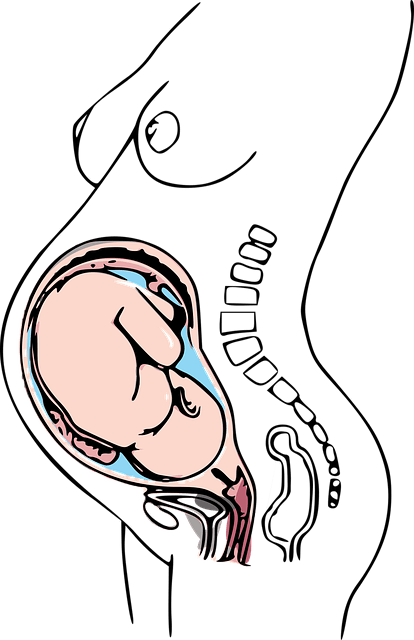
Why is hepatitis E dangerous during pregnancy?
Hepatitis E Virus (HEV) infection is usually a self-limiting disease with a low rate of fulminant hepatic failure but maternal hepatitis E during the third trimester of pregnancy is a cause of fulminant hepatic failure with a mortality rate of upto 20%. Severe liver injury due to HEV in pregnancy…
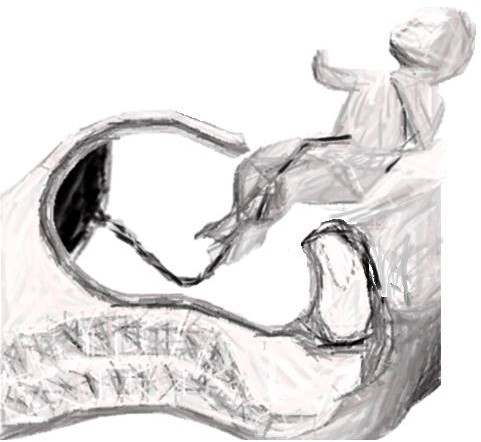
Cesarean Section
Labour/Delivery– A Normal Physiological process which takes place in the body of a woman at the end of Pregnancy where the fetus is expelled out of the uterus through the Vaginal Canal. Cesarean Section/Delivery– A procedure conducted in a pregnant woman leading to Birth of a fetus through incisions given…

National Immunization Schedule of Nepal (2024)
There should be at least 7 contacts of children (At birth, 6,10,14 weeks, 9, 12, 15 months) to health center to fully immunize as per national immunization programme of Nepal. Previously, 11 antigens were provided through national immunization program. Recently, rotavirus vaccine and fIPV (fractional IPV) has been added. Nepal is polio…

Tumor Suppressor Genes – Mnemonics
Today, we are going to talk only about the commonly mentioned tumor suppressor genes in the textbooks. This somewhat a “forced mnemonic” and may not be as effective and tedious to learn itself. If it works for you it’s well and good, if not find some other ways. General Rules…
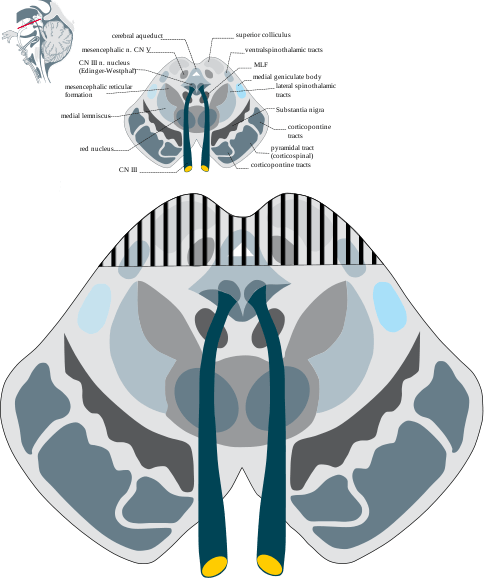
Parinaud Syndrome – Anatomical Basis
Synonyms: Dorsal midbrain sydnrome, Pretectal syndrome Main components of Parinaud syndrome: Vertical gaze palsy Convergence-retraction nystagmus Pupillary light-near dissociation Lid retraction (Collier’s sign) Anatomical basis of Parinaud syndrome: Site of lesion: Dorsal midbrain Close to cerebral aqueduct and pineal gland – hydrocephalus and pinealoma Arterial supply – posterior cerebral artery…

Pediatric History Taking – Structured format and Guide
Identification (ID): Name Age/Date of Birth Sex Informant ( Reliability) Parent’s name, age, address, education, religion Chief Complaints (CC): Symptoms X Duration in Chronological order History of Presenting Illness (HPI): Symptoms: Location, quality, quantity, aggravating and alleviating factors Time course: Onset, duration, frequency, change over time Rx/Intervention: Medications, medical help…
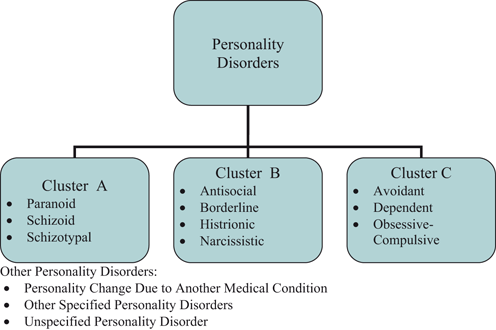
Personality Disorders – Mnemonic
If you are having a hard time remembering the clusters and which disorder falls into which cluster, this mnemonic will be helpful. Three clusters: A, B and C; remember as WWW – Weird, Wild and Worried, respectively. Cluster A – Weird (Genetic association with Schizophrenia) Accusatory: Paranoid (Suspicious) Aloof: Schizoid…
